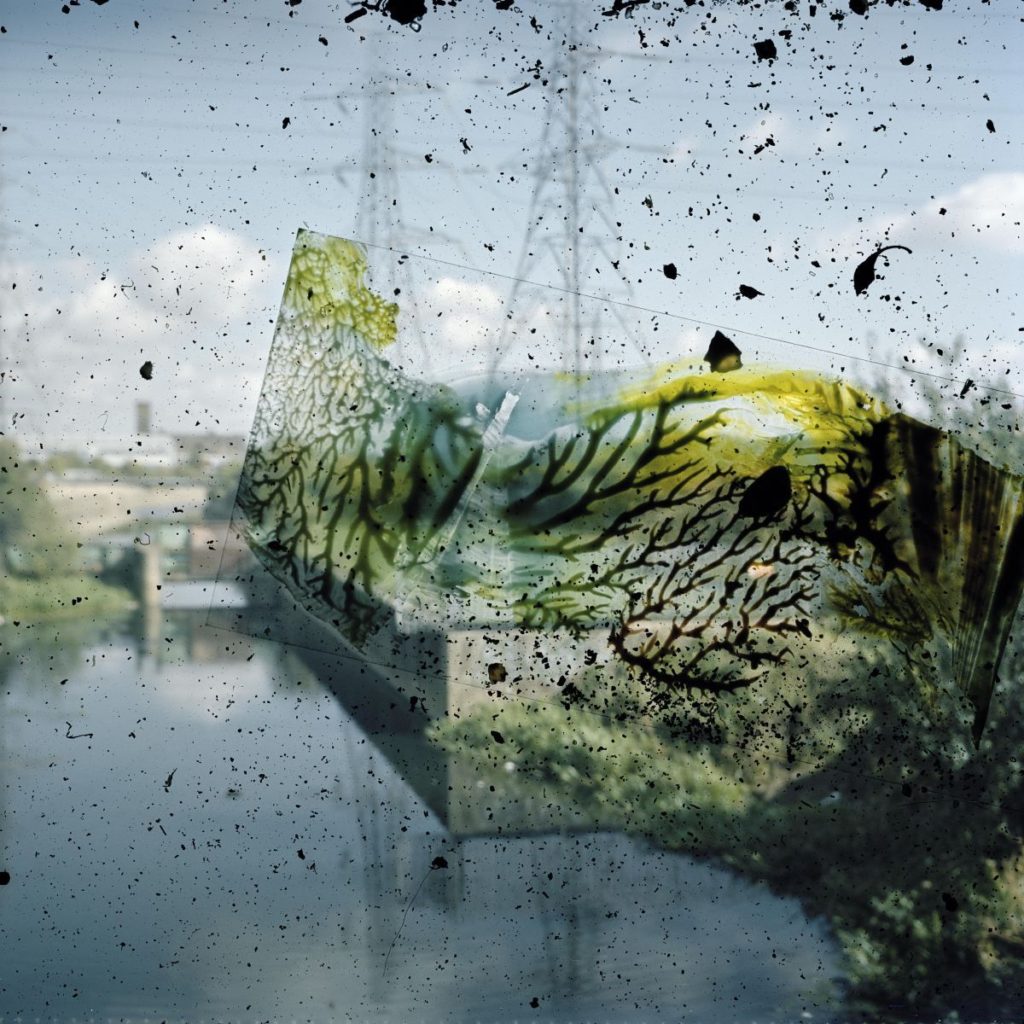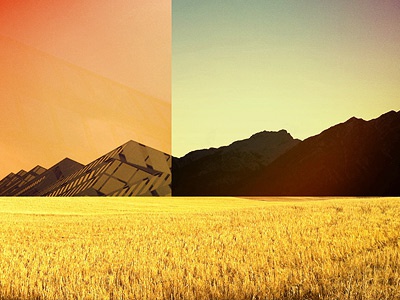You may wish to intergrate the concept of altered landscapes into your project based on Anthropocene.
You could develop a set, sequence or group of final images.
You may choose to employ a range of creative and experimental techniques (digital and traditional) to create your new environments…
- Creating changed, changing or altered landscapes
- Creating altered landscapes by combining a range of images in Adobe Photoshop
- Explore panoramic landscapes
- Using photo montage/cut-n-paste techniques and printed matter (combine your own images with images from the internet, magazines, print-outs, newspapers etc)
You may already have a range of suitable images to start your designs…but may need to find additional images to work from:
Here are some examples to help inspire your ideas…
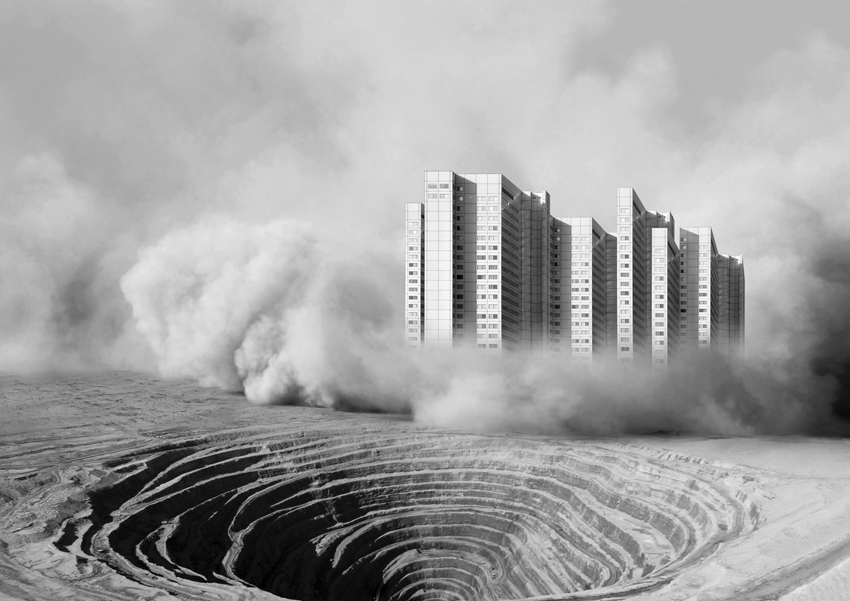


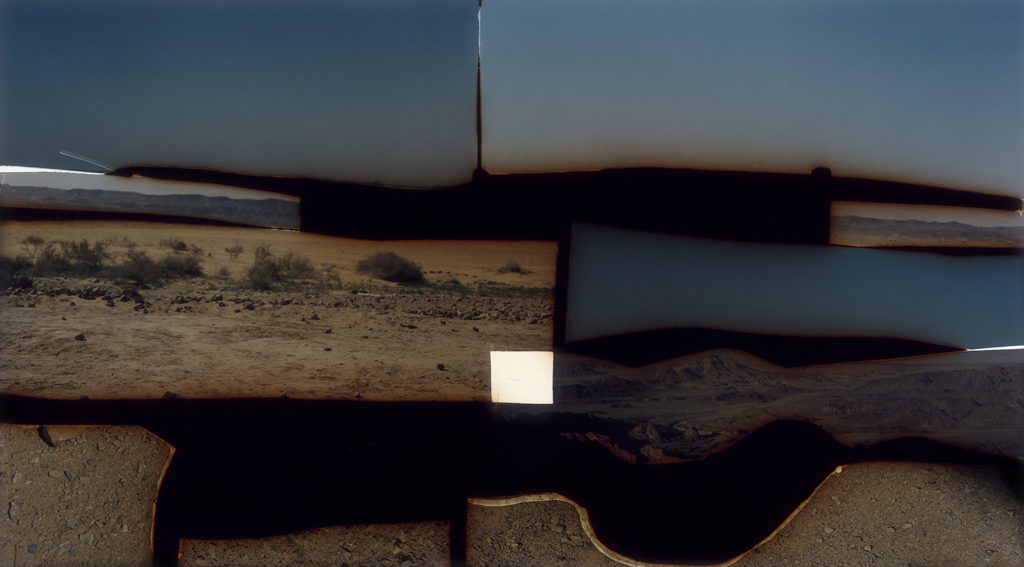
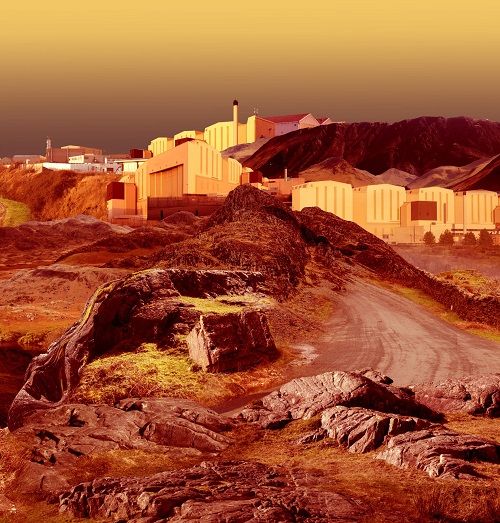


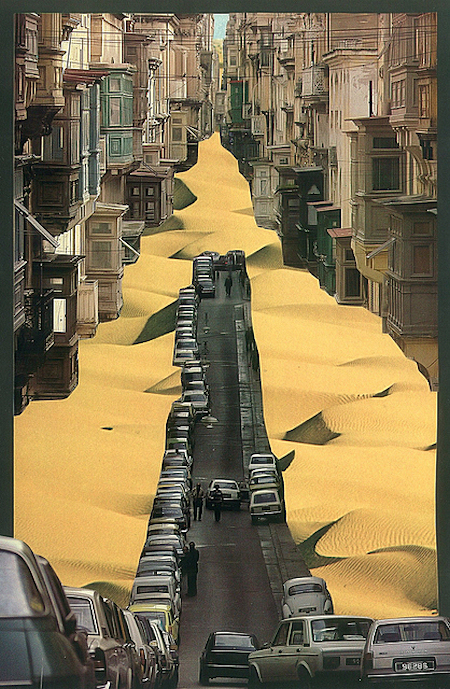

Paint directly onto photographs, as in these works by Gerhard Richter:

Combine paint and photographs digitally, like Fabienne Rivory‘s LaBokoff project:

Overlay multiple photos from slightly different angles, like these experimental photographs by Stephanie Jung:
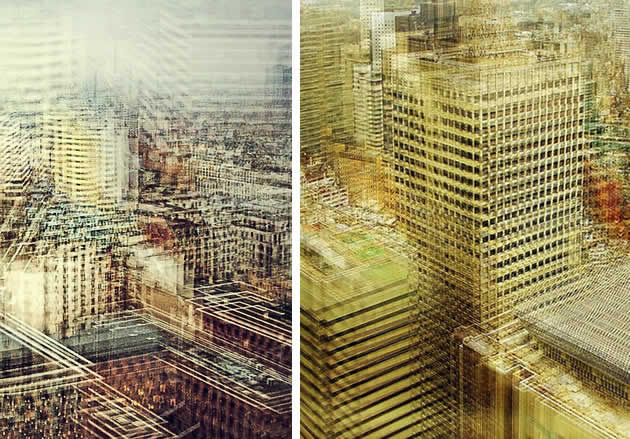
Cut out shapes and insert coloured paper, as in these photographs by Micah Danges:

Make an photography collage using masking tape, like Iosif Kiraly:

Photograph a single scene over time and join the pieces in sequence, like these composite photographs by Fong Qi Wei:
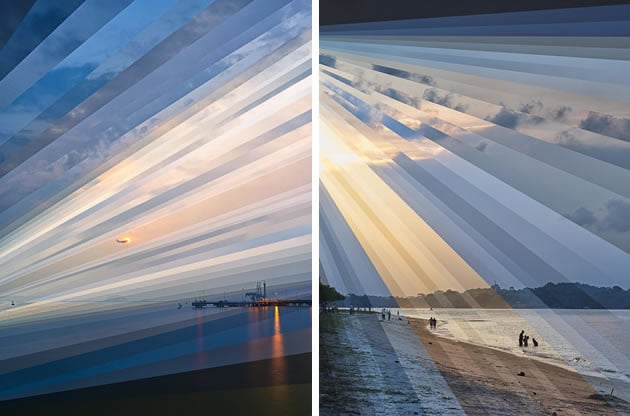
Inset scenes within other scenes, as in these photographs by Richard Koenig:
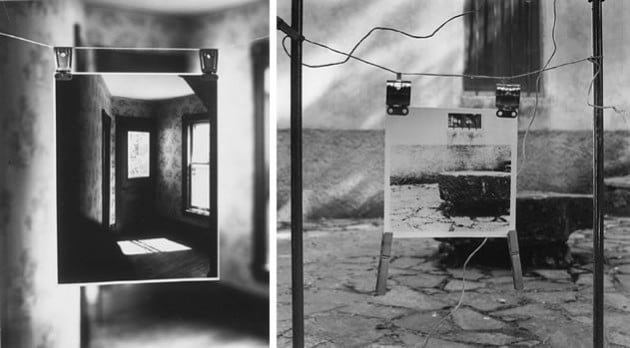
Back to the Future

http://www.marinacaneve.com/en/portfolio/are-they-rocks-or-clouds/

Constructed Seascapes
Take a look at these photographic images (click on each image to expand):GUSTAVE LE GRAY – THE GREAT WAVE, 1857. ALBUMEN PRINT FROM COLLODION-ON-GLASS NEGATIVE.DAFNA TALMOR – FROM THE CONSTRUCTED LANDSCAPES II SERIES. C-TYPE PRINTS MADE OF COLLAGED COLOUR NEGATIVES
- Both could be described as landscape pictures. What kinds of landscapes do they describe?
- What similarities do you notice about these two pictures?
- What differences do you notice?
- What words/phrases best describe each of these landscapes?
- In which of these landscapes would you prefer to live?
A bit of research…
Read the following descriptions about the making of these images:
| Gustav Le Gray – The Great Wave, 1857 | Dafna Talmor – from Constructed Landscapes II |
| ‘The Great Wave’, the most dramatic of his seascapes, combines Le Gray’s technical mastery with expressive grandeur […] At the horizon, the clouds are cut off where they meet the sea. This indicates the join between two separate negatives […]Most photographers found it impossible to achieve proper exposure for both landscape and sky in a single picture. This usually meant sacrificing the sky, which was then over-exposed. Le Gray’s innovation was to print some of the seascapes from two separate negatives – one exposed for the sea, the other for the sky – on a single sheet of paper. | This ongoing body of work consists of staged landscapes made of collaged and montaged colour negatives shot across different locations, merged and transformed through the act of slicing and splicing […] ‘Constructed Landscapes’ references early Pictorialist processes of combination printing as well as Modernist experiments with film […] the work also engages with contemporary discourses on manipulation, the analogue/digital divide and the effects these have on photography’s status. |
Blog Posts This Week…
- Research Altered Landscapes and produce a definition/explain what they are.
- Produce a Case Study about your chosen altered landscape photographer, include an analysis of one key image. Explain/show how this has inspired your ideas and process.
- Show your images, process, editing, selection, final outcomes and evaluation.
Click this link below for more resources…AS-PHOTOG-LANDSCAPE-guide-V2-JACDOWNLOAD
Remember to follow the 10 Step Process and create multiple blog posts for each unit to ensure you tackle all Assessment Objectives thoroughly :
- Mood-board, definition and introduction (AO1)
- Mind-map of ideas (AO1)
- Artist References / Case Studies (must include image analysis) (AO1)
- Photo-shoot Action Plan (AO3)
- Multiple Photoshoots + contact sheets (AO3)
- Image Selection, sub selection (AO2)
- Image Editing/ manipulation / experimentation (AO2)
- Presentation of final outcomes (AO4)
- Compare and contrast your work to your artist reference(AO1)
- Evaluation and Critique (AO1+AO4)


